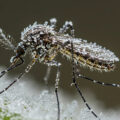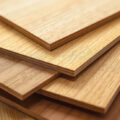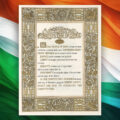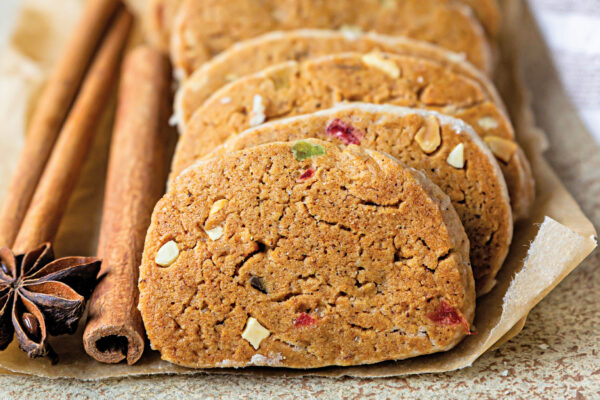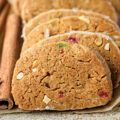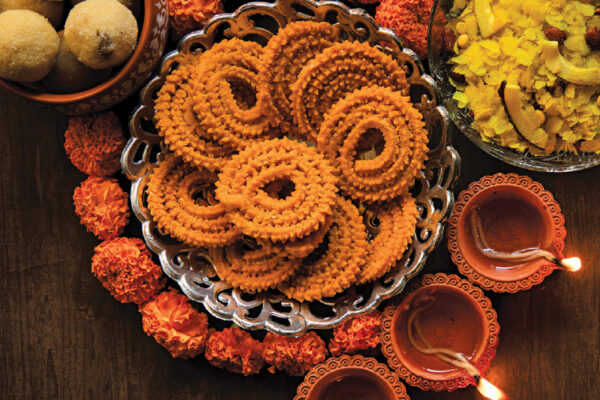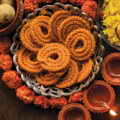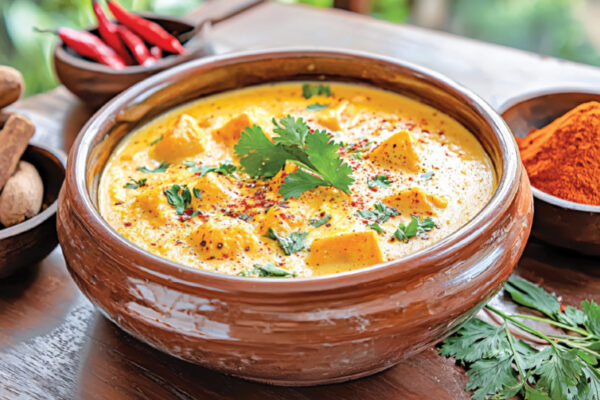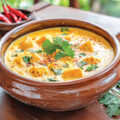
History:
Peas have been cultivated for over 7,000 years, with their origins traced back to the Middle East and Mediterranean regions. By the Middle Ages, peas had spread across Europe as a staple food. In India, peas became popular during the Mughal era. The ‘Ain-i-Akbari’, a Mughal-era document, even mentions peas among the valued vegetables of the time.

Production in India
- India is one of the top producers of green peas; it produces over 5 million tonnes of green peas annually.
- Uttar Pradesh is the leading producer, followed by Madhya Pradesh, Bihar, West Bengal, Punjab, Himachal Pradesh and Haryana.
- The crop is mainly grown in the Rabi (winter) season, sown from October to November and harvested between December and April.
Culinary Uses
- In the United Kingdom, peas are a classic side dish, often boiled or buttered, and a key ingredient in mushy peas—a traditional accompaniment to fish and chips.
- In France, peas feature in dishes like petits pois à la Française (peas braised with butter, onions and lettuce). They are also used in fine dining soups and purées.
- Fresh peas are used across the world in curries, risottos, pastas, pulaos, soups, salads, cutlets and snacks.
- Pea shoots are used in Asian and fusion cuisines.
Regional Specialities
- Matar Ka Nimona (Uttar Pradesh): A rustic winter speciality where fresh peas are coarsely ground and cooked with spices into a curry.
- Ghugni (Eastern India): A spicy curry made from dried peas, served with bread or kurmura (puffed rice).
- Koraishutir Kochuri (West Bengal): Stuffed puris with a filling of spiced pea mash, paired with aloor dom (spicy potato curry).
INTERESTING FACT
Peas are actually seeds, not vegetables! Each pea can sprout into a new plant.
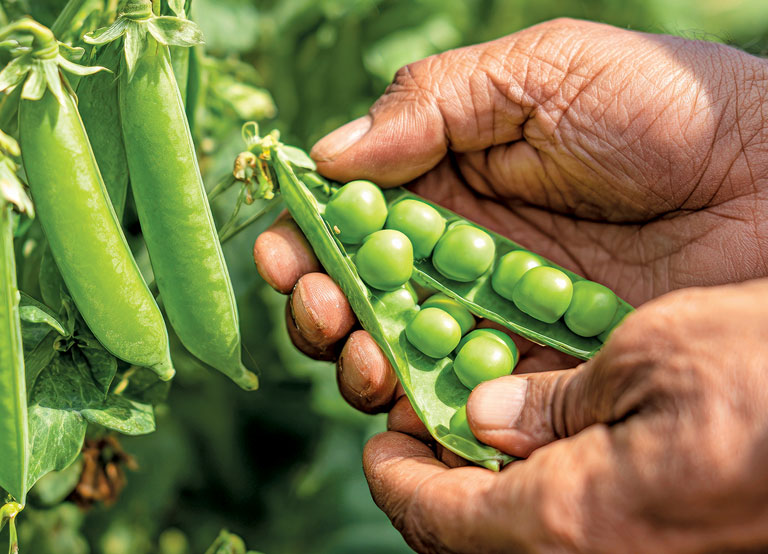
RECIPE: BAKED PEA BAATIS

INGREDIENTS
For the filling:
- 1 cup peas
- 1 inch piece of ginger
- 2 cloves garlic
- 1 green chilli
- 1 onion, chopped
- 1 teaspoon each cumin seeds, asafoetida powder and cumin powder
- ¼ teaspoon garam masala
- 1 teaspoon dry mango powder
- 1 tablespoon lemon juice
- 2 tablespoons chopped coriander leaves
- 1 tablespoon oil
For the baatis:
- 1¼ cups jowar flour
- ½ cup boiled pumpkin purée
- 2 tablespoons curd
- 1 teaspoon carom seeds (ajwain)
- ¼ teaspoon turmeric powder
- 1 tablespoon grated cheese
- 1 tablespoon sesame seeds
- 1 teaspoon salt
- 2 tablespoons ghee
METHOD
- Make a paste of the peas, ginger, garlic and green chilli and keep it aside.
- Heat the oil and add the cumin seeds and asafoetida powder for the tempering and then sauté the onions. Add the pea paste.
- Cook the mixture for 5 to 7 minutes on a slow flame till the peas are done.
- Add the cumin powder, garam masala and dry mango powder, mix and cook well. Next add the lemon juice and coriander leaves. Take the mixture off the flame and let it cool.
- In a separate bowl, mix together the jowar flour with carom seeds, turmeric powder, salt and ghee and mix it well with your fingers.
- Now gradually add the pumpkin purée and the curd and knead it nicely. It should be a sturdy dough, not too wet nor too dry.
- Cover the dough.
- After 10 to 15 minutes, make small balls out of the dough and make a hollow cavity in each. Fill the cavity with the pea paste and grated cheese and close the baatis. Sprinkle some sesame seeds on top of each baati.
- Preheat the oven for 10 minutes at 180˚C. Bake the baatis for 10 minutes on one side and then flip them over and bake them on the other side for another 10 minutes.
- Once done, let them sit in the oven for 10 more minutes. Take them out and serve with chutney or with a dal of your choice.
Warning: Ask a parent or adult to help with this recipe.
Recipe credit: Rakshita Dwivedi on Instagram @recipe_dabba
ACTIVITY: Fill in the Blanks
How well do you know this green legume?






